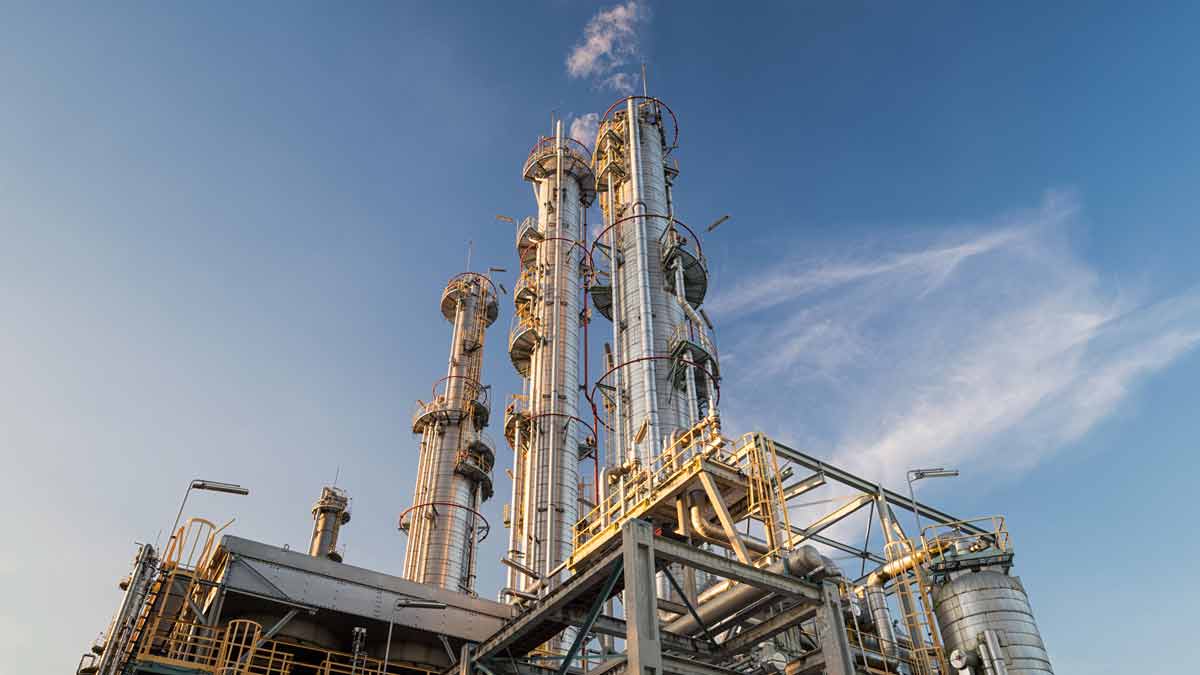A design flaw may have played a role in an April 2018 explosion at Husky Energy’s oil refinery in Superior, WI that injured 20 people, according to a recent report by the U.S. Chemical Safety and Hazard Investigation Board (CSB). The report also suggests that the refinery’s failure to incorporate into its hazard analysis a “key lesson” from the agency’s investigation of the 2015 ExxonMobil Refinery explosion in Torrance, CA may also have been a contributing factor.
Husky Energy Superior Explosion
The blast occurred around 10 a.m. on April 26, 2018 as 180 Husky employees and 600 contract workers worked to prepare the facility for a planned shutdown for servicing and inspection. Many escaped injury because they were on break in “blast shacks” at the time of the explosion. But some were not as lucky.
Thirty-six people suffered explosion injuries including lacerations and penetrating trauma from flying debris. Eleven of them were hospitalized.
Investigators determined that explosion originated in the fluid catalytic cracking unit (FCCU) -the same piece of equipment identified as the source of the ExxonMobil Torrance explosion which injured two people and endangered 150,000 residents. Used in the production of gasoline, the FCCU “cracks” apart hydrocarbon molecules. When the explosion occurred inside the FCCU, shrapnel pierced an asphalt tank and the leaking asphalt set off a massive fire.
Due to health and safety concerns posed by a hydrogen fluoride tank at the refinery, thousands of people were evacuated. Husky Superior is one of only about 50 refineries to use the highly toxic chemical in the production of high-octane gasoline. Breathing in its vapor can cause serious illness, blindness and death. Roughly 27,000 people were evacuated from the area extending 10 miles south of the refinery, three miles east and west and two miles to the north was instituted. Douglas County and the City of Superior both declared a state of emergency.
Superior firefighters used foam and water to isolate the tank from the blaze. But it was close, the fire burned within 200 feet of the tank.
Husky Superior Lawsuit
In September 2018, several contract workers filed a lawsuit against Husky Energy. According to the complaint, the workers said they heard a strange knocking noise and rushed out of the refinery fearing danger. They were told by Husky employees to return to work and did. Less than an hour later, the explosion occurred.
CSB Husky Superior Explosion Report
The CSB’s Factual Investigative Update, issued in December 2018, sheds more light on the cause of the explosion. The Spent Catalyst Slide Valve is supposed to keep hydrocarbons out of the air side of the FCCU and vice versa. In both Superior and Torrance, the valve failed.
In Superior, the valve’s inability to completely shut off flow was due to an erosion hole. The agency notes that the part was known to be subject to erosion and was supposed to have been provided with enough erosion protection for those conditions.
What’s more, the CSB notes that from its investigation of ExxonMobil’s Torrance explosion it enumerated several key lessons. One of them, to consider all modes of operation – such as preparation for a planned shutdown, when performing hazard analyses as results could vary. Yet, Husky Superior did not include all modes of operation in its hazard plan.
Experienced Explosion Lawyers
Pritzker Hageman’s explosion lawyers represent clients nationwide who have been injured in explosions. For a free consultation about an explosion injury call 1(888) 377-8900 (toll-free) or use this contact form.
